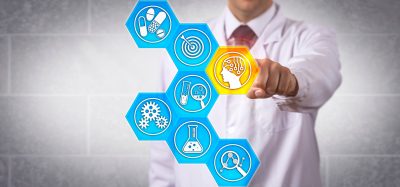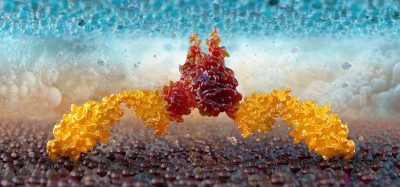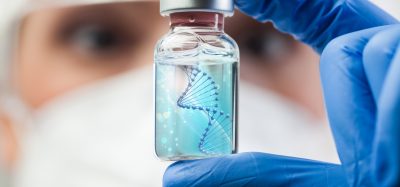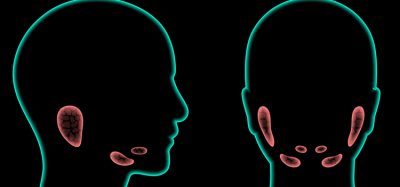Blastoids enable greater understanding of human gastrulation
Posted: 28 March 2024 | Drug Target Review | No comments yet
Stem-cell based blastocyst models have enabled scientists to redefine the molecular signature and timing of the onset of gastrulation.
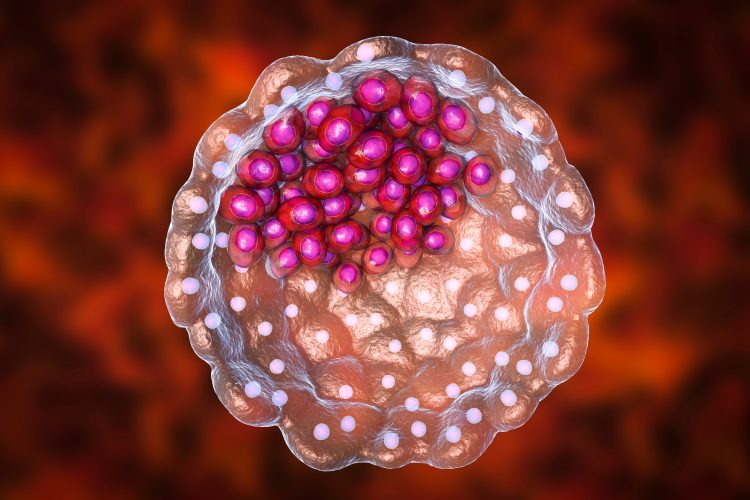

Researchers at the Rockefeller University have demonstrated how a blastoid can enable the study of gastrulation in the presence of pre-implantation extra-embryonic cell types. This will further the understanding of miscarriages and other developmental disorders.
Gastrulation, an essential step in embryonic development that occurs in the third week of human development, is when an indistinct ball of cells rearranges itself into an orderly three-layered structure. However, studying human gastrulation is technologically difficult and ethically complicated, so current approaches have not been successful. Dr Ali Brivanlou stated: “Gastrulation was a tremendous black box. We had never seen ourselves at that stage…This moves us closer to understanding how we begin.”
Before implantation, an embryo is a ball of about 250 cells organised as a blastocyst. To overcome the difficulties of studying these directly, scientists developed blastoids, stem-cell-based blastocyst models. These can be cloned, experimentally manipulated, and programmed. However, it was unknown whether blastoids could gastrulate in vitro. A blastocyst in vivo moves in the uterus until it attaches to maternal tissue, so Dr Brivanlou developed a platform to allow blastoids to attach in vitro, and therefore progress toward gastrulation.
Reduce preclinical failures with smarter off-target profiling
24 September 2025 | 15:00PM BST | FREE Webinar
Join this webinar to hear from Dr Emilie Desfosses as she shares insights into how in vitro and in silico methods can support more informed, human-relevant safety decisions -especially as ethical and regulatory changes continue to reshape preclinical research.
What you’ll learn:
- Approaches for prioritizing follow-up studies and refining risk mitigation strategies
- How to interpret hit profiles from binding and functional assays
- Strategies for identifying organ systems at risk based on target activity modulation
- How to use visualization tools to assess safety margins and compare compound profiles
Register Now – It’s Free!
Lead author of the study Dr Riccardo De Santis, research associate in the Brivanlou lab, explained: “We were then able to see epiblast symmetry breaking, marked by BRA expression, for the first time with the high molecular resolution…This allowed us to start asking more detailed questions about the earliest moments of life.”
The team observed two key moments in gastrulation: the first epiblast symmetry-breaking event and the emergence of the molecular markers of the primitive streak and mesoderm upon in vitro attachment. The beginning of gastrulation is marked by the primitive streak structure, which lays the foundation for the three primary layers of the embryo. One of those layers, the mesoderm, forms during gastrulation and differentiates into muscles, bones, and the circulatory system. As early as seven days after attachment, the researchers found they were already able to use molecular markers to detect the earliest signature of a nascent primitive streak and mesodermal cells.
These findings were confirmed by comparing the blastoid results with data from in vitro attached human embryos. It was found that blastoids express the same genes in vitro that a regular embryo would at that stage in vivo. The scientists also used the blastoid system to show pathways that regulate the rise of the primitive streak and mesoderm in vivo regulate blastoids symmetry breaking in vitro.
Furthermore, it was shown that gastrulation in vitro can begin at day 12, earlier than once thought. “This will change textbooks,” Dr Brivanlou said. “We’ve contributed to redefining the molecular signature and timing of the onset of gastrulation upon in vitro attachment”.
Blastoid-based research could advance the diagnosis and treatment of developmental disorders and offer insights into potential causes of early miscarriages during gastrulation, Dr De Santis envisions. He commented: “We now have a model system that can help us understand the molecular mechanism that defines whether a pregnancy will be successful or not.”
Soon, De Santis aims to combine this method with machine learning (ML) to help predict pregnancy outcomes and the trajectories of developmental disorders by observing how model blastoids built with certain genetic makeups fare in vitro.
“A better understanding of gastrulation – and the ability to study it with a reliable model system – impacts everything from survival of the foetus to autism to neurodegeneration.”
This study was published in Stem Cell Reports.
Related topics
In Vitro, In Vivo, Stem Cells, Targets
Related conditions
Autism, Miscarriage, neurodegeneration
Related organisations
Rockefeller University




